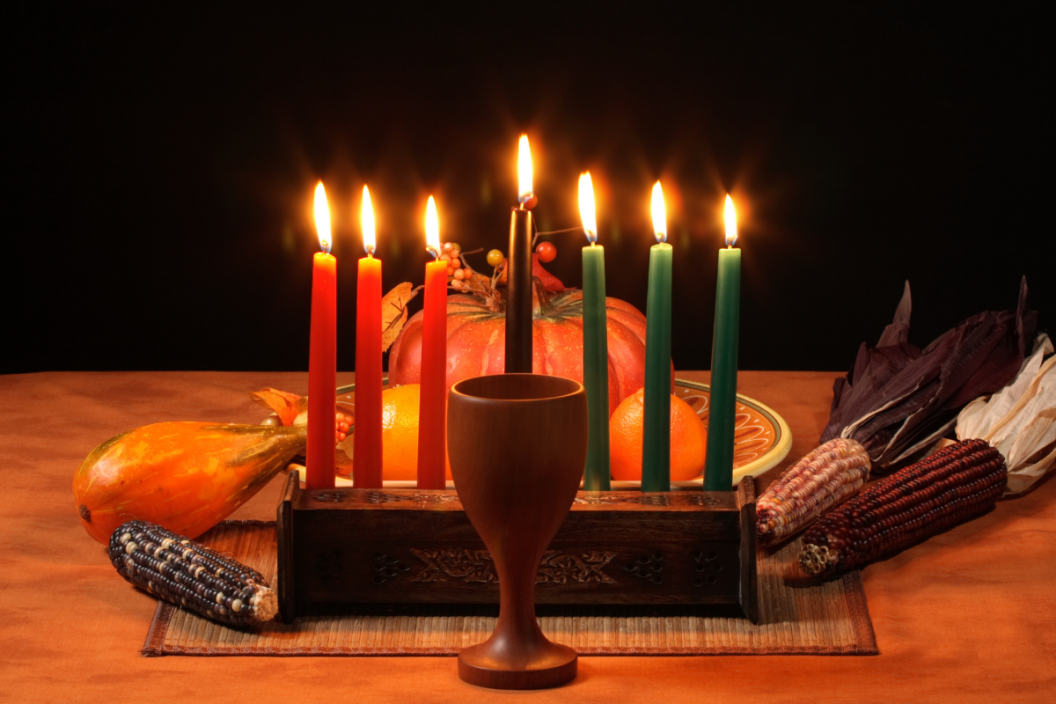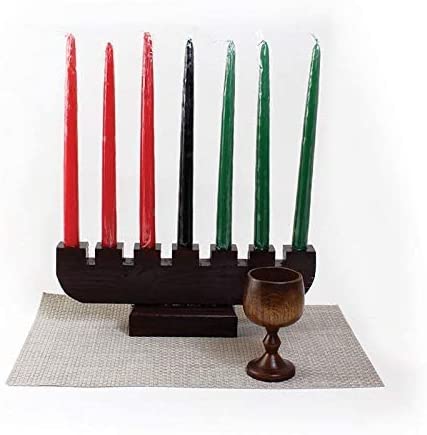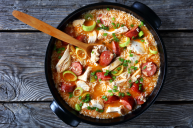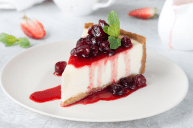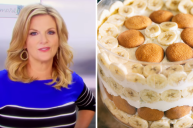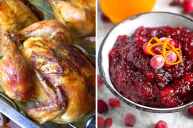It's almost Kwanzaa and it's time to celebrate unity and community. Kwanzaa is an African American holiday created by Dr. Maulana Karenga in 1966 and is based on African harvest festivals throughout the continent. Celebrated December 26 - January 1st, Dr. Karenga started the tradition to connect African Americans to our African roots, traditions, and language. "Kwanza" means "first fruits" in Kiswahili, the official language of Kenya and other African countries. Every word in the week-long celebration has a significant meaning.
What is Kwanzaa and Its History
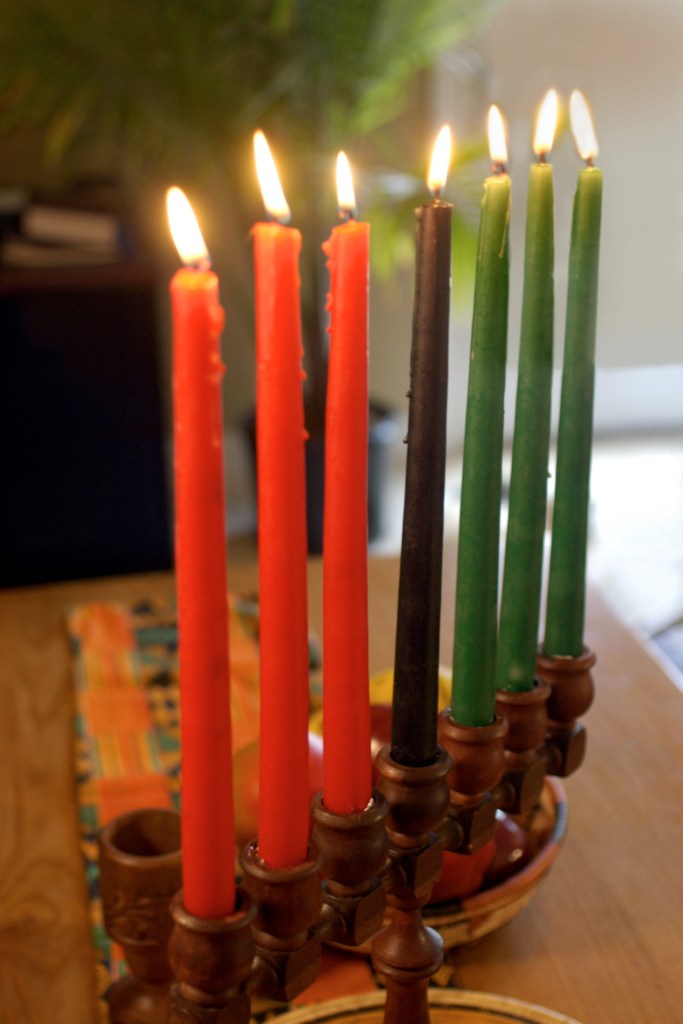
Getty Images
The heart of this beautiful holiday is a communal spirit that "[strives] to maintain unity in the family, community, nation, and race" according to the National Museum of African American History. Kwanzaa is based on seven principles called the Nguzo Saba:
- Umoja (Unity) - December 26
- Kujichagulia (Self-Determination) - December 27
- Ujima (Collective Work and Responsibility) - December 28
- Ujamaa (Cooperative Economics) December 29
- Nia (Purpose) December 30
- Kuumba (Creativity) December 31
- Imani (Faith) January 1
Every day you are to light a candle on the kinara that represents a daily principle. The kinara has seven candles (mishumaa saba) three red, 1 black and 3 green. The kinara and the candle lighting tradition is similar to Hanukkah.
In addition to the kinara, there are other essential elements. The kinara is placed on a mat (mkeka) with fresh fruits (mzao), dried corn (muhindi), and a cup (kikombe cha umoja). Mzao which means seed represents our agrarian roots and literally the "first fruits" of our labor. Muhindi represents the children and the next generation. People usually use dried multicolored corn on the cob. The kikombe cha umoja is the cup that's used to pour libation in honor of our ancestors. The mkeka represents self-actualization and the foundation.
On December 31st, the karamu celebration feast is held and zawadi gifts are given to the children. During Kwanzaa, the traditional greeting is "habari gani" which means what's the news and the response would be the principle of the day.
With regard to Kwanzaa food traditions - there isn't a set menu. It's normally potluck style where everyone brings their best traditional dish preferably from the African diaspora (but it doesn't have to be as long as it's delicious). Now with Covid and smaller gathering sizes, it's easier to plan a diverse menu.
A Taste of Kwanzaa History
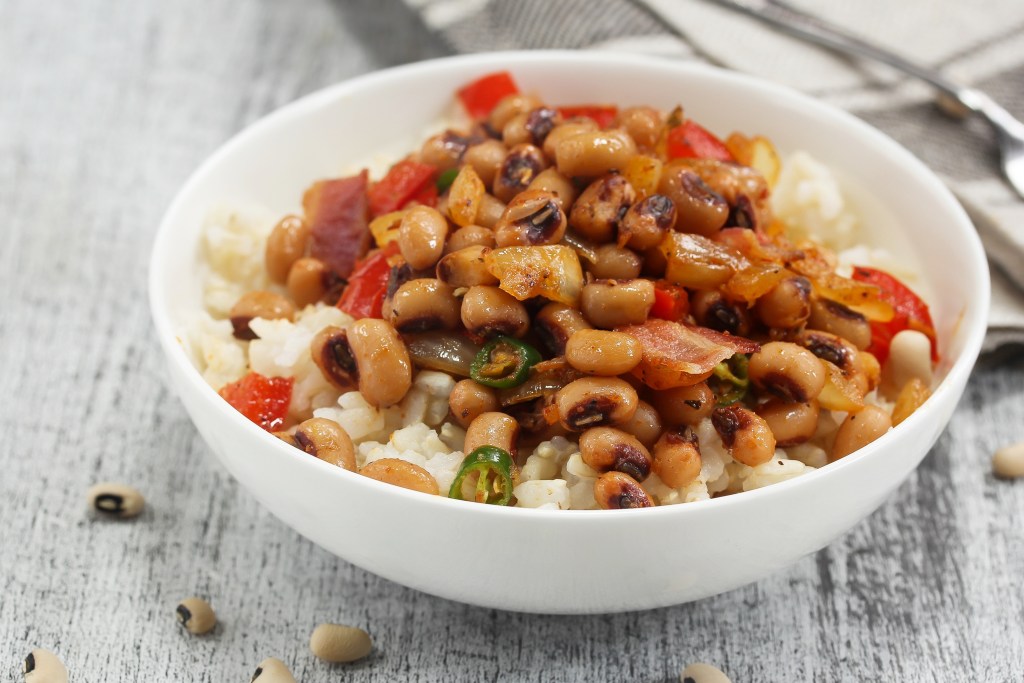
Getty Images
My menu last year included soul food classics with Latin American and Caribbean influences. The appetizer was from a Puerto Rican recipe, but I chose it because it tastes like my Gam's codfish fritters. Dinner was a traditional southern New Year's Good Luck Meal complemented by beverages inspired by Jamaica:
Appetizers:
Puerto Rican Bacalitios. Get the recipe here from Chef Marta, Sense and Edibility Recipe
Dinner:
South Carolina Hoppin' John — I used this Chef BJ Dennis Recipe
Sweet Honey Cornbread
Collard Greens and Kale — Live Chat Sunday, held on January 3, 2021, on Clubhouse
Beverages:
Caribbean Inspired Carrot Juice
White Sangria with ginger and apples
Dessert/Sweet Ending:
Sweet Mint Tea and Melon Slushies
It was a pescatarian-friendly meal. I used Chef BJ's recipe without the ham hock and the greens were also meatless as I'm trying to eat a plant-based diet. It was all delicious and satisfying.
This Year's Kwanzaa Menu
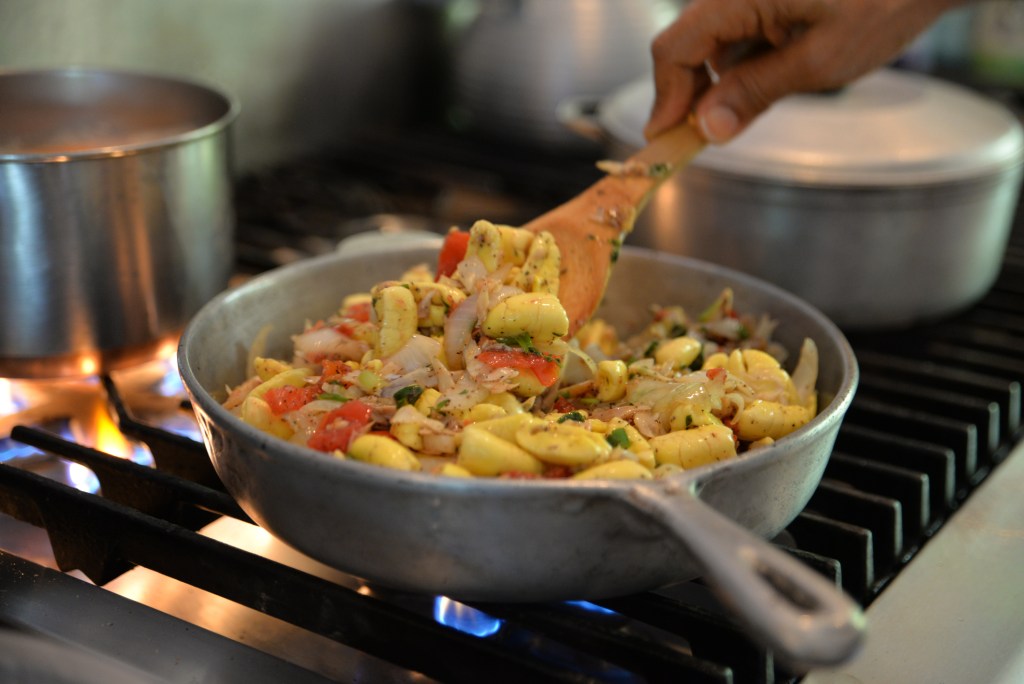
Getty Images
The main dish will be the traditional Cornbread, Collards, and Beans. However, this Kwanzaa/New Year's Eve, I'm serving brunch with a light yet flavorful starter and ending with a rich, creamy, coconut-based rice pudding.
Appetizers:
Ackee and saltfish - I plan on using this recipe from Grace Foods
Main Dish:
South Carolina Hoppin' John
Sweet Honey Cornbread
Collard Greens and Kale — Kwanzaa Twitter Chat-December 26 @ 10:30 AM
Beverages:
Hibiscus Tea Spritzers (Sorrel with Reed's Ginger Beer)
Ginger Lemonade
Dessert/Sweet Ending
Arroz Con Dulce (Creamy Coconut Rice Pudding) - Recipe from Chef Marta, Sense and Edibility
It should be noted that while Kwanzaa is an African American holiday, all are welcome to celebrate. If you're invited to a celebration and you're not of African descent - you don't have to wear African garb. Ask the host if they'd like you to bring something, if they say no - just bring a thank you card and enjoy the feast and festivities.
If you have any questions about any of the menu items or recipes, please feel free to drop into my Kwanzaa Twitter Chat or reach out on Twitter.
For other menu ideas:
Products featured on Wide Open Eats are independently selected by our editors. However, when you buy something through our links, we may earn a commission.
Tee, is an aspiring writer and author - returning after 20+ years as an educator and juvenile justice advocate. Her adopted home is Philly, but she's really a country girl raised on the soil and seafood of the Eastern Shores. When she's not writing on Medium.com and now Wide Open Eats, she's busy working and cooking with family and friends.
